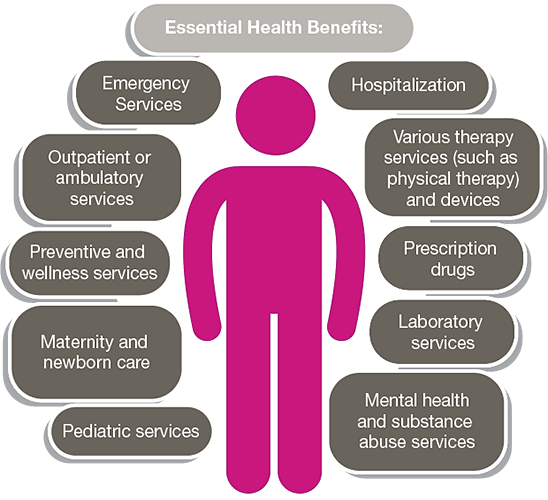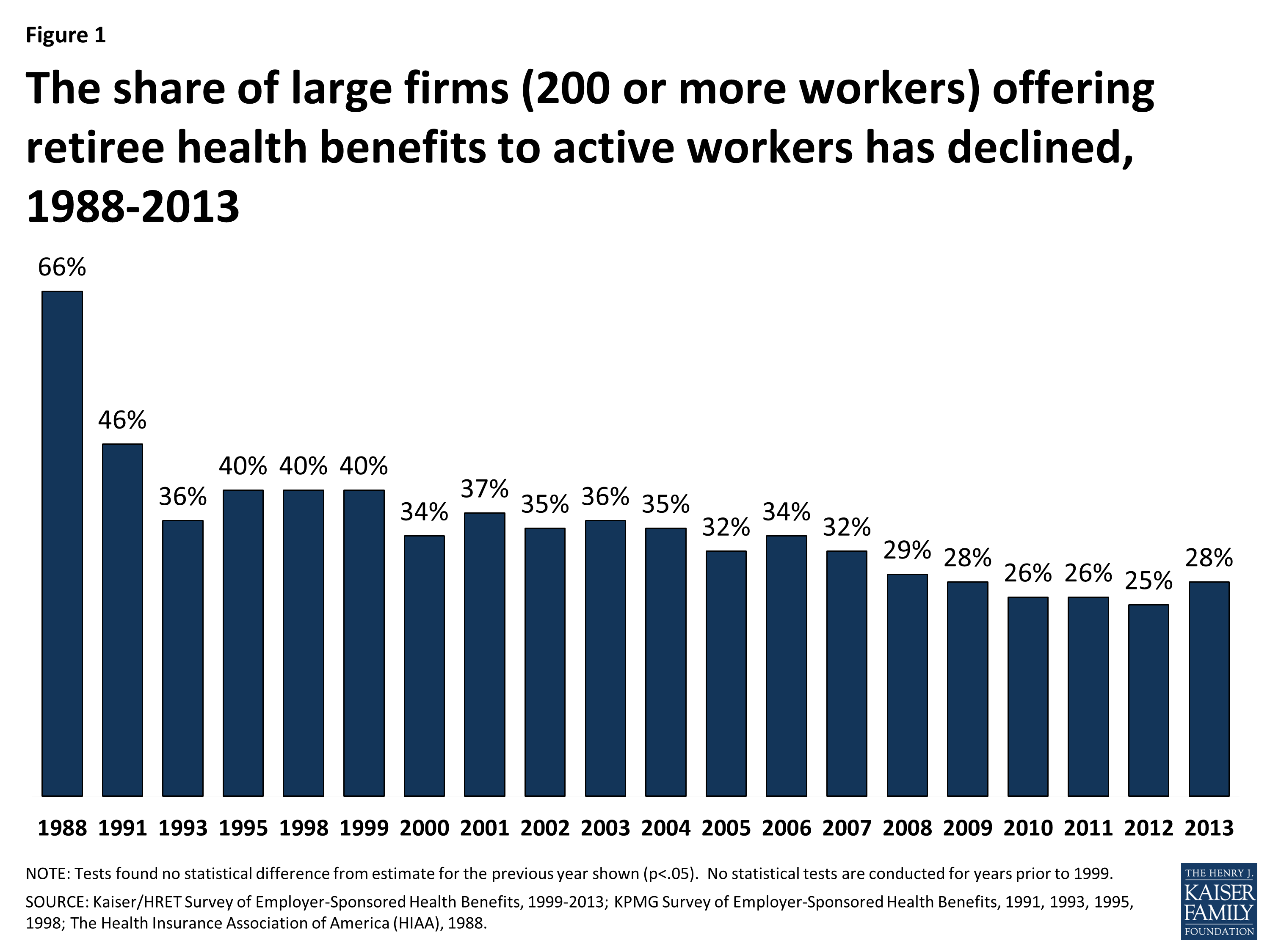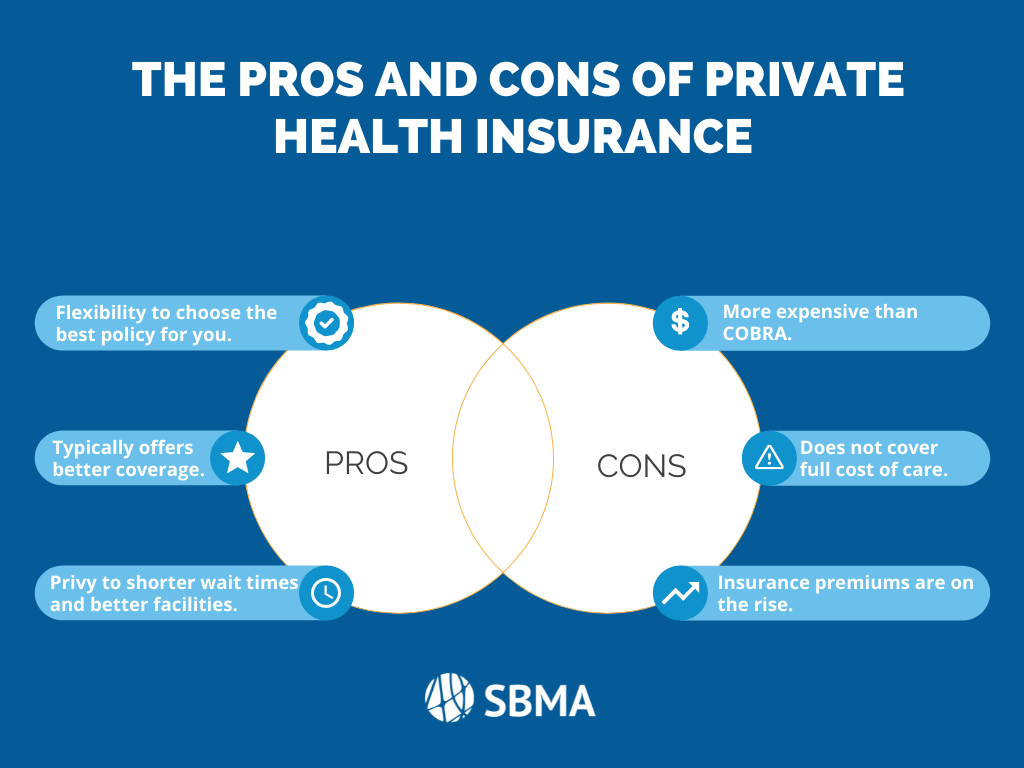The 7-Minute Rule for Medicare Advantage Agent
The 7-Minute Rule for Medicare Advantage Agent
Blog Article
8 Easy Facts About Medicare Advantage Agent Shown
Table of ContentsSome Known Details About Medicare Advantage Agent Excitement About Medicare Advantage AgentUnknown Facts About Medicare Advantage Agent

adheres to from confusing the reasonably young age profile of the uninsured with the far better health and wellness, usually, of younger persons. This covers the link in between health and wellness status and wellness insurance policy. For those without access to office health and wellness insurance, inadequate health and wellness is a potential obstacle to purchasing nongroup insurance coverage because such insurance coverage might be highly priced, exclude pre-existing problems, or be just inaccessible. The number of uninsured Americans is not especially large and has not changed over the last few years. Seven out of 10 participants in an across the country representative study assumed that fewer Americans did not have health insurance policy than actually do(Fronstin, 1998). Approximately fifty percent(47 percent )thought that the number of people without health and wellness insurance reduced or continued to be continuous over the last fifty percent of the last decade(Blendon et al., 1999). This decline of almost 2 million in the number of individuals 'without insurance policy (a reduction
of around 4 percent)is absolutely a favorable modification. With a softer economy in 2000 the most recent reported gains in insurance policy protection might not continue(Fronstin, 2001 ). The decrease in the number of uninsured will certainly not continue if the economic climate continues to be slow and healthcare costs remain to outpace inflation. This is because the information were accumulated for a duration of solid economic efficiency. Of the approximated 42 million people that were uninsured, just about about 420,000(regarding 1 percent)were under 65 years of age, the age at which most Americans come to be eligible for Medicare; 32 million were adults in between ages 18 and 65, about 19 percent of all adults in this age group; and 10 million were children under 18 years old, concerning 13.9 percent of all youngsters (Mills, 2000). These price quotes of the variety of individuals without insurance are created from the yearly March Supplement to the Existing Populace Survey (CPS), carried out by the Census Bureau. Unless otherwise noted, national estimates of people without wellness insurance and proportions of the population with various kinds of insurance coverage are based on the CPS, the most commonly made use of resource of quotes of insurance protection and uninsurance rates. These surveys and the quotes they generate are described briefly in Table B. 1 in Appendix B - Medicare Advantage Agent. These surveys vary in dimension and sampling methods, the inquiries that are inquired about insurance
Getting My Medicare Advantage Agent To Work
coverage, and the time period over which insurance coverage or uninsurance is measured(Lewis et al., 1998, Fronstin, 2000a ). Still, the CPS is particularly helpful since it creates annual price quotes reasonably promptly, reporting the previous year's insurance policy protection approximates each September, and due to the fact that it is the basis for a constant set of quotes for even more than 20 years, permitting evaluation of trends in protection with time.

Excitement About Medicare Advantage Agent
Over a three-year duration starting early in 1993, 72 million people, 29 percent of the U.S. populace, were without coverage for at the very least one month. Within a single year(1994), 53 million individuals experienced at least a month without protection(Bennefield, 1998a). Six out of every 10 uninsured adults are themselves employed. Working does enhance the possibility that one and one's family participants will have insurance coverage, it is not an assurance. Also members of family members with 2 permanent wage income earners have almost a one-in-ten chance of being without insurance (9.1 percent without insurance rate)(Hoffman and Pohl, 2000 ). The connection between wellness insurance policy and accessibility to care is well established, as documented later in this phase. The connection between wellness insurance policy and health and wellness end results is neither straight neither straightforward, a comprehensive professional and health services study literature web links wellness insurance coverage
to improved better to care, better much betterTop quality and improved boosted individual population populace wellnessCondition For example, the second record, on personal wellness outcomes for without insurance grownups, is represented by the innermost circle of the figure, while the third record, on family members health, incorporates the topics of the second record yet stresses a various system of analysis, namely, the family. The sixth report in the series will provide details concerning approaches and initiatives carried out locally, statewide, or nationally to deal with the lack of insurance policy and its adverse impacts. Degrees of evaluation for checking out the results of uninsurance. This discussion of health and wellness insurance coverage concentrates largely on the united state population under age 65 due to the fact that basically all Americans 65 and older have Medicare or other public protection.
It concentrates particularly on those without any kind of health insurance coverage for any type of size of time. The troubles encountered by the underinsured remain in some respects similar to those encountered by the without insurance, although they are usually less severe. Uninsurance and underinsurance, however, include clearly various plan problems, and the methods for resolving them may differ. Throughout this research study and the 5 records to adhere to, the major emphasis is on persons without medical insurance and thus no assistance in paying for healthcare past what is readily available through charity and safeguard establishments. Medical insurance is an effective aspect affecting receipt of treatment since both clients and doctors respond to the out-of-pocket price of services. Medical insurance, nevertheless, is neither required neither adequate to get to clinical services. Nonetheless, next page the independent and straight effect of health
insurance coverage on accessibility to health solutions is well developed. Others will get the health and wellness care they need also without health and wellness insurance, by spending for it out of pocket or seeking it from service providers that offer treatment totally free or at very subsidized rates. For still others, medical insurance alone does not guarantee invoice of care due to other nonfinancial obstacles, such as a lack of wellness treatment companies in their area, minimal accessibility to transport, illiteracy, or linguistic and cultural differences. Formal research about without insurance populaces in the United States dates to the late 1920s and very early 1930s when the Committee on the Expense of Treatment produced a collection of records about financing medical professional office brows through and hospitalizations. This concern ended up being significant as the numbers of clinically indigent climbed during the Great Clinical depression. Empirical researches constantly sustain the web link in between accessibility to care and improved health and wellness outcomes(Bindman et al., 1995; Starfield, 1995 ). Having a regular source of treatment can be considered a predictor of accessibility, instead than a straight step of it, when wellness outcomes are themselves utilized as accessibility signs. This extension of the notion of gain access to dimension was made by the IOM Board on Keeping Track Of Access to Personal Wellness Treatment Solutions(Millman, 1993, p. Whether or not parents are insured shows up to impact whether their youngsters obtain care in addition to just how much careeven if the youngsters themselves have coverage(Hanson, 1998). The health and wellness of moms and dads can influence their capability to take care of their kids and the level of family tension. Fretting about their children's accessibility to care is itself a resource of stress and anxiety for moms and dads. Three chapters adhere to in this record. Chapter 2 provides an overview of just how employment-based health and wellness insurance coverage, public programs and private insurance coverage operate and connect to give considerable yet insufficient protection of the U.S. populace. This consists of a testimonial of historical trends and public laws affecting both public and private insurance, a discussion of the interactions among the various sorts of insurance coverage, and an exam of why people relocate from one program to one more or end up

Report this page